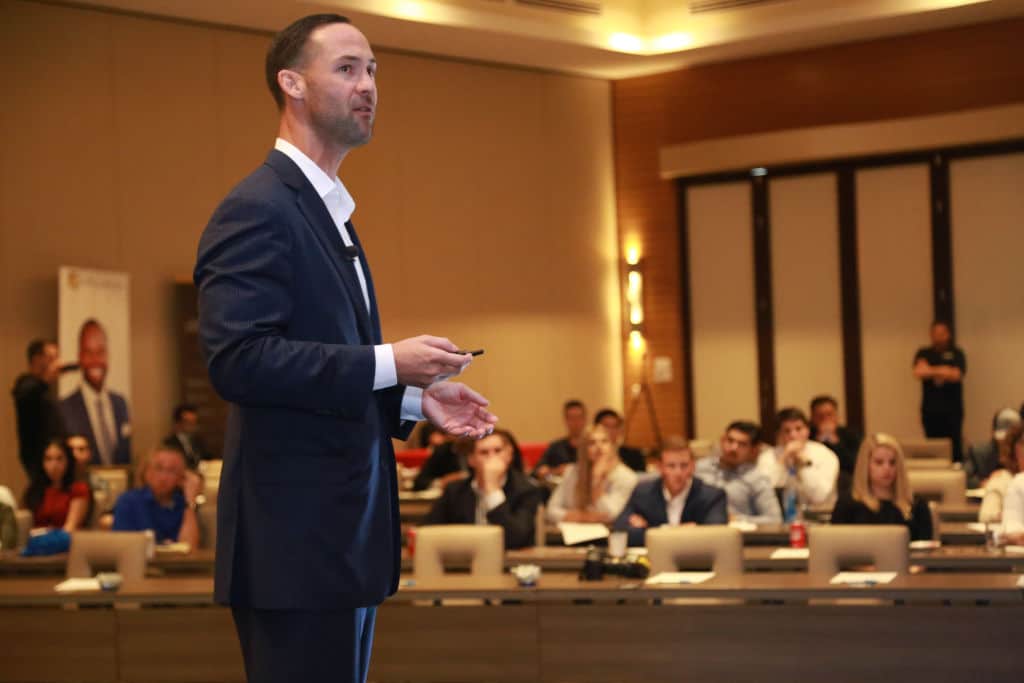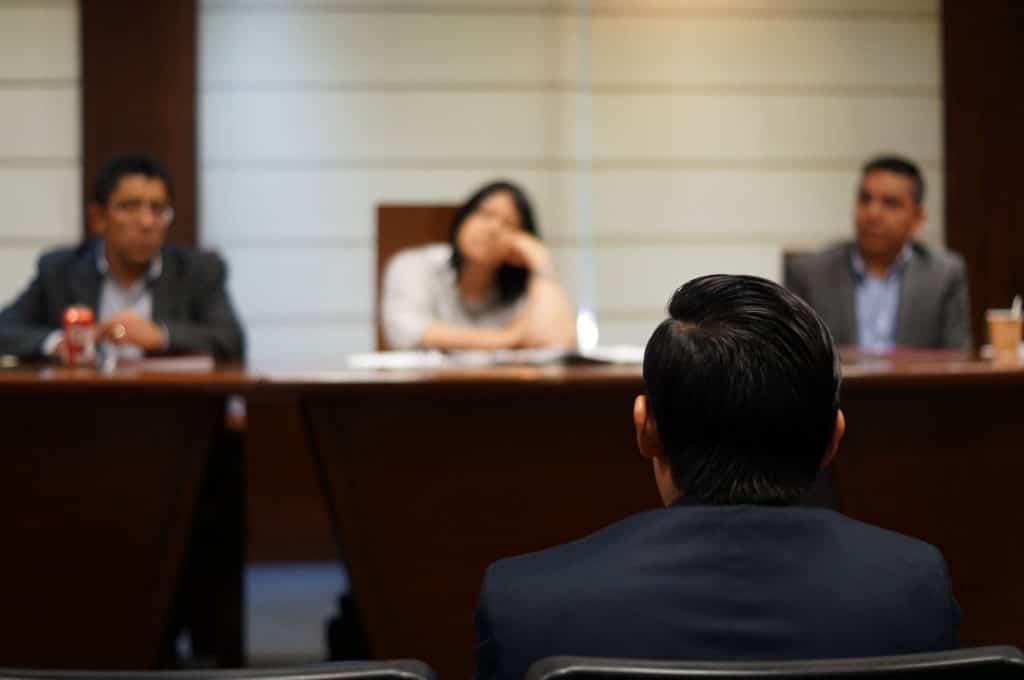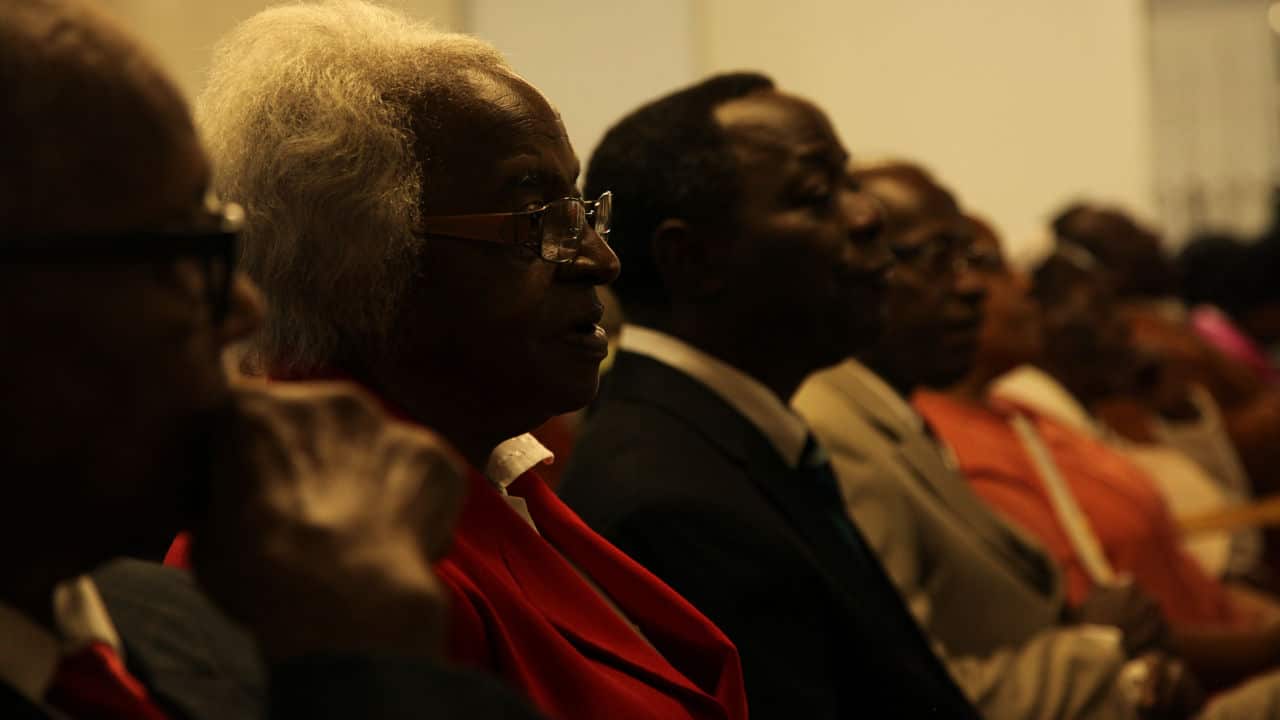Cognitive dissonance can influence how jury members feel about and view attorneys’ opinions and presentations. It can negatively affect the jury’s verdict and tilt the case in favor of the other party who made his standpoint void of discrepancy in their presentation of fact and speaking.
In his book, A Theory of Cognitive Dissonance, published in 1957, Leon Festinger came up with the theory that explains the concept of cognitive dissonance. He argued that humans have an innate desire to keep all of their attitudes and behaviors in sync to avoid dissonance. In addition, he stated that inconsistency among beliefs or behaviors causes an uncomfortable psychological tension that can affect decision-making and problem-solving.
This can be true in all human interactions, including a court process. Simply put, the term cognitive dissonance as touching judicial discourse refers to the perception of contradictory information. It’s a terrible state that any attorney can put jury members during the trial, whether consciously or unconsciously.
This type of psychological conflict can happen during a trial if an attorney is trying to hit on too many facts all at once without considering that the jury members can feel pressured or perceive such an attorney as being excessively magnifying facts beyond the limits of truth.

Hence, their guards are up against facts presented by such an attorney, and they begin to be on the lookout and have a perception of contradictory information.
Pelepeychenko et al. (2021), in their article Cognitive Dissonance As Factor Of Influence In American Courtroom Discourse, expounded on cognitive dissonance in the courtroom and categorized them as those caused by real-life contradictions and those perpetrated by the prosecutors and attorneys in court.
It was explained that “the courtroom discourse is predominantly persuasive with elements of repetitiveness. Hence, the speeches of the prosecutor and the lawyer resemble a kind of persuasive battle. In such a communicative context, it is logical that the speakers use the entire arsenal of communicative influence. The analysis of the texts of the speeches revealed that both prosecutors and advocates quite often employ the technique of artificially creating cognitive dissonance in jurors and judges.”
With cognitive dissonance, jury members can struggle to make verdicts which is not what attorneys want as it prolongs the time spent on the case.
Shunning Cognitive Dissonance With Litigation Animation
Using litigation animation can sometimes be a handful. While trying to explain an event, an expert witness can make use of it. However, it’s best to use it in such a way that will bring clarity and not dissonance.

One of the ways an attorney can avoid creating cognitive dissonance with the use of litigation animation is to avoid explaining concepts and using terms outside what has been illustrated in the litigation animation presented to the court.
An expert witness is a vast and knowledgeable professional in a chosen field. They can get lost in the moment by explaining an event in a term, though correct and accurate, but different from what has been illustrated with litigation animation.
This act can cause dissonance and make jury members question the litigation animation presented as demonstrative evidence before the court.
Also, as an expert witness trying to use litigation animation, it’s best to explain the incident according to the progression of the animation. In a case where animation is used to illustrate a reckless driver disobeying road signs leading to collision and injuries to victims and then surgery. To avoid a case of dissonance with the jury, it’s best the expert witness start from the events leading to the injury and not just jump right in to explain how a surgical procedure carried out on a victim occurred.
Furthermore, trying to explain many things with just one litigation animation isn’t the best for jury members. It’s advisable to break down unique events into different litigation animations before presenting them before the jury.
In conclusion, litigation animation is there to provide clarity and not dissonance. However, its improper use may stir up confusion. The work of an attorney is to help the belief of the jury members with the animation and not cause them to be skeptical about events surrounding the case.






